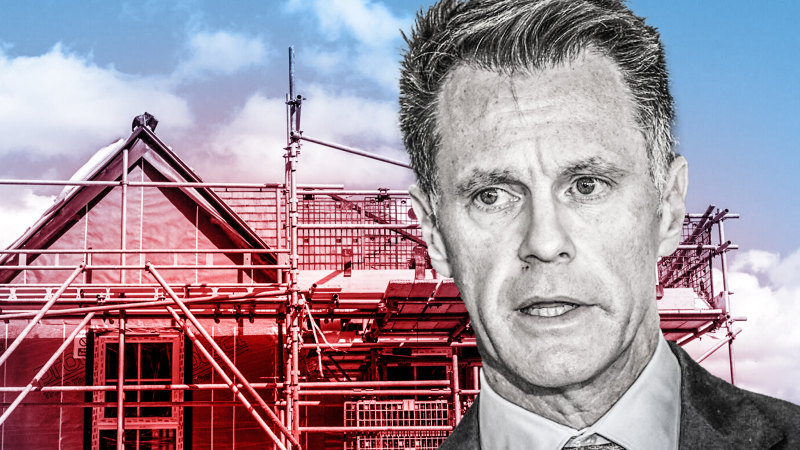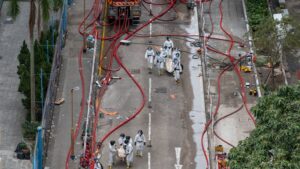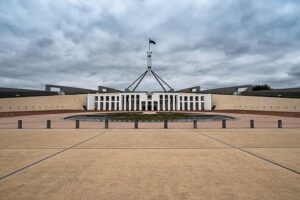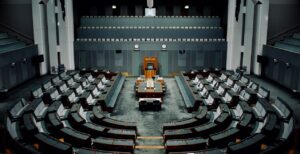
New South Wales Premier Chris Minns has articulated a direct connection between the state’s housing crisis and various public policy challenges, stating that housing issues permeate areas such as industrial relations, skilled labor shortages, and the cost of living. In an exclusive interview, Minns emphasized that “the biggest problems we face all come back to housing,” illustrating how housing costs significantly impact family budgets.
The median price of a home in Sydney stands at approximately $1.53 million, while in Melbourne, it is around $1 million. Minns pointed out that New South Wales is lagging in housing development, with only six houses built per 1,000 people annually, compared to Victoria‘s eight and Queensland‘s nine. This trend has persisted for over 15 years, prompting the Premier to acknowledge that the greatest resistance to planning reforms has often come from bureaucratic circles rather than local councils.
In a move to address these pressing issues, the NSW government has advanced sweeping changes to the state’s planning act, which has been in place for over 50 years. These reforms recently passed the lower house with minimal amendments, gaining bipartisan support from the Coalition. The changes include establishing a three-person Housing Delivery Authority, designed to expedite significant developments by bypassing local councils.
As the government aims to deliver 377,000 new homes by 2029 in accordance with the National Housing Accord, Minns has previously described the existing Environmental Planning and Assessment Act 1979 as a bottleneck hindering housing construction. He asserted that while local councils may resist new developments, state authorities possess the power to override these decisions.
“The secret here, though, is that local government is just an act of the state parliament,” Minns stated. He plans to proceed with housing developments in locations like Woollahra, despite opposition from the local council, which he noted would likely oppose the project unanimously. The government’s plans for Woollahra include the construction of a new train station and the development of 10,000 houses, at a projected cost of $200 million.
The Liberal-controlled Woollahra Council has expressed intentions to take legal action to halt the development, emphasizing the contentious nature of the housing issue in the region. In contrast, the NSW government has dismissed proposals from the Coalition to repurpose the Long Bay jail into residential housing, citing the lack of a necessary metro line as a financial obstacle.
Recent data from the Australian Bureau of Statistics underscores the gravity of the housing crisis, revealing that only 9,638 homes were completed across New South Wales in the three months ending June 2023, marking the lowest quarterly result since 2014. The total number of homes completed in the financial year 2024-25 was 42,411, a significant decrease from 63,497 homes completed in 2019-20.
In contrast, Victoria completed 12,304 homes in the June quarter alone and finished 55,208 homes in the last financial year, resulting in nearly 50,000 more homes built in Victoria compared to New South Wales over the past four years. Minns has indicated that no area of Sydney should be considered immune from increased density and housing development.
“If we develop in Woollahra, Canada Bay, Burwood, Camden, Blacktown, and Kogarah, and everyone can see that development is happening everywhere, there’s a sense of equity,” he explained. This perspective aims to alleviate the burden felt by certain communities, which have historically shouldered the majority of housing development responsibilities.
As the government continues its efforts to navigate the complexities of the housing crisis, the focus remains on implementing effective reforms and addressing the urgent need for more housing to support the growing population of New South Wales.






